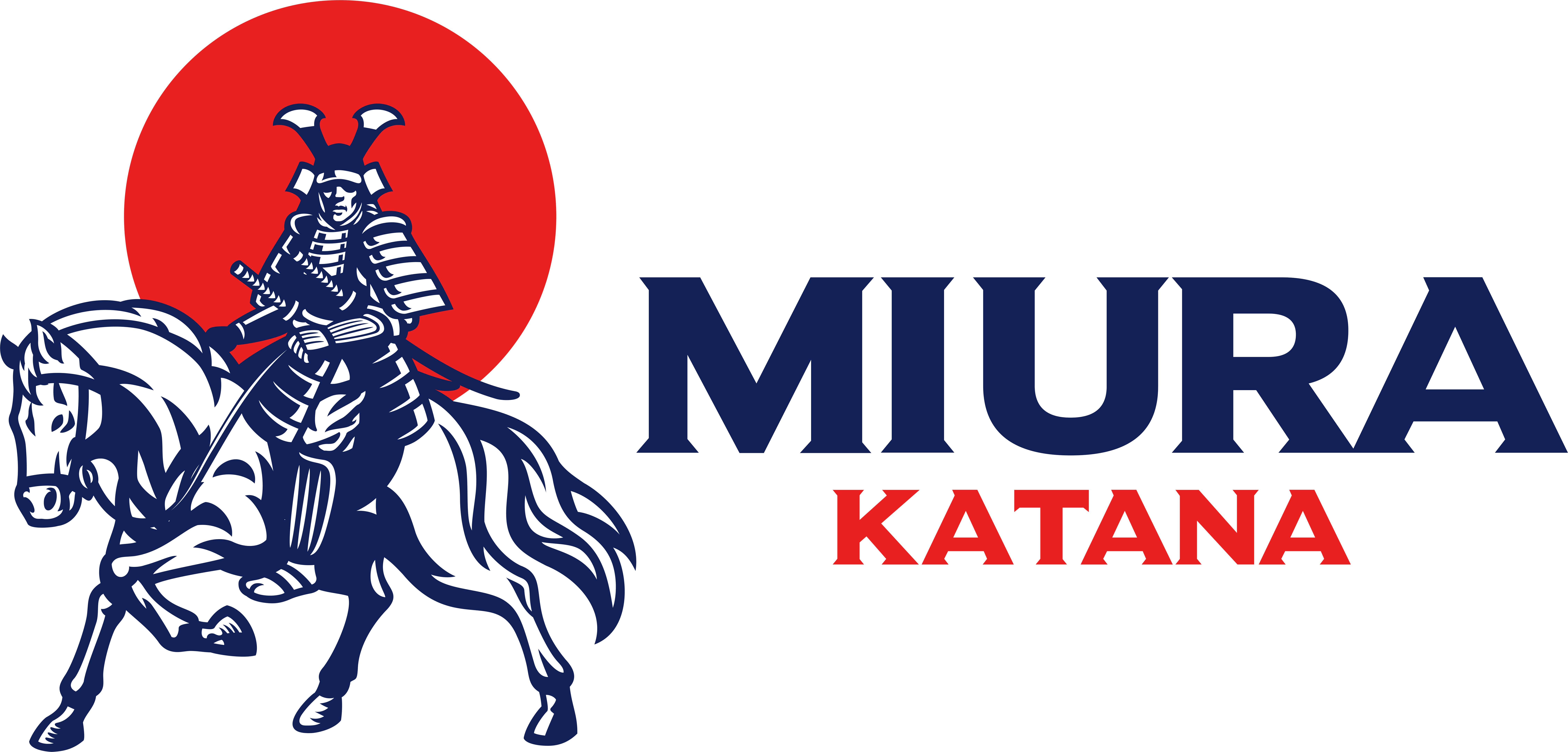Kofun Period: a significant episode in Japanese history
Kofun Period
The Kofun period (ca. 250-538 AD) is a pivotal era in Japanese history, marked by the development of a stratified society and the emergence of early centralized political leadership. Its name, "Kofun," derives from the monumental burial mounds constructed for the ruling elite during this time. Spanning from the end of the Yayoi period to the beginning of the Asuka period, which introduced Buddhism to Japan, this era is significant for shaping Japan's sociopolitical and cultural foundations.
Historical context
The Kofun period was a time of profound transformation. Dominated by powerful clans such as the Yamato, this era saw the initial steps toward unifying Japan under a centralized authority. Key interactions with neighboring regions, particularly China and Korea, brought advancements in technology, craftsmanship, and governance. These external influences, combined with indigenous practices, defined the cultural and political landscape of the time.
Key features of the Kofun period
The Kofun burial mounds: symbols of political power and prestige
The most iconic hallmark of this era is the Kofun burial mounds. These monumental tombs, often shaped like keyholes (zenpō-kōen), served as resting places for the elite, symbolizing their immense social and political status. Many Kofun were encircled by moats, further emphasizing their importance. Excavations of these tombs have revealed valuable artifacts, such as bronze mirrors, ceremonial swords, and ornate jewelry, reflecting the intricate trade and cultural connections with the Korean Peninsula and China. These burial sites not only showcased the power of the ruling elite but also acted as a medium for demonstrating the societal hierarchy of the time.
Social hierarchy and political evolution
During the Kofun period, society became increasingly stratified. Clan leaders, often buried in large and elaborate Kofun, played crucial roles in coordinating agricultural production and organizing military activities. The Yamato clan emerged as the dominant political entity, solidifying its control through strategic alliances and military power. This period laid the groundwork for the establishment of the Japanese imperial system, which endures in modified form to this day.
Continental influences: a fusion of cultures
The Kofun period was profoundly shaped by its interactions with continental cultures, particularly those of Korea and China. Advanced metallurgical techniques, such as ironworking, were introduced, alongside the refinement of pottery exemplified by sueki ware. Additionally, religious and philosophical elements, including shamanistic practices and animistic beliefs, were incorporated into local traditions. This blending of external influences with indigenous practices enriched the cultural fabric of Japan, leading to innovations that persisted for centuries.
Legacy and cultural impact
Foundations of Japanese identity and governance
The Kofun period played a critical role in shaping the identity and governance of Japan. It established the concept of divine legitimacy for rulers, a notion that would become a cornerstone of the Japanese imperial tradition. Although Kofun construction ceased in later periods, these burial mounds remain powerful symbols of Japan's historical and cultural heritage.
Recognition as world heritage sites
In modern times, the significance of Kofun has been recognized globally. Sites like the Mozu-Furuichi Kofun cluster in Sakai have been designated UNESCO World Heritage Sites, highlighting their importance as cultural landmarks. These Kofun continue to draw researchers and visitors, offering valuable insights into the early phases of Japanese civilization and its connections to the broader East Asian world.
Comments are closed.
